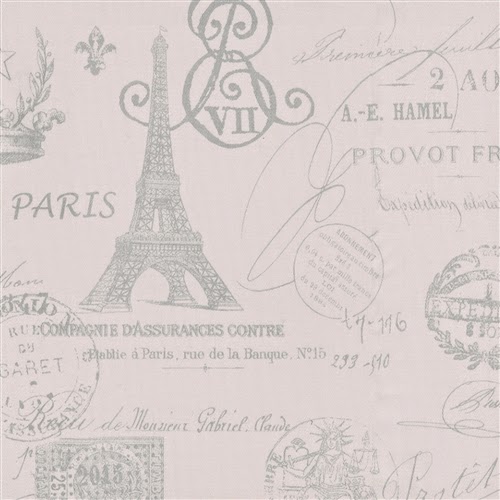Daksh Brar 7A
In
science we are learning about energy, the three states of matter, thermal energy,
and cogeneration. The word energy means the capacity to do work. There is energy
in motion called kinetic energy and there is energy called potential energy
that is always in position. An example of kinetic energy is a ball falling off
a cliff. An example of potential energy is a ball sitting still.
The three states of matter
are gases, solids, and liquids. An example of a gas is oxygen (what we breathe).
A solid can be ice, a desk, wood etc. A liquid could be water or any other type
of fluid like water.
Thermal pollution is
accidental warming of the atmosphere. An example of thermal pollution is
buildings, cars, or anything man made that gives off some sort of heat. Cogeneration
is using heat waste from one industry to solve a problem in another. An example
is cooling water from a power plant that can be used to warm a greenhouse.



_0416_-_Burqa_in_crisi.jpg)



